RIP Martin Wilson MSC
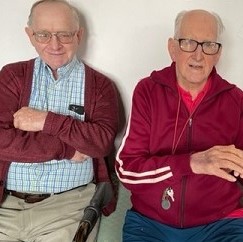
News has come that Martin Wilson has died, aged 92. This is a comparatively recent photo, on the Feast of the Sacred Heart, Kensington, with Steve Dives.
Martin led, to say the least, an interesting life. Born in 1930, he made his first vows on February 26th 1959, studied at Croydon and was ordained on July 25th 1955. He studied philosophy in Rome, with a visit to Oxford, was one of the founding staff at Canberra monastery, teaching philosophy, taught at Downlands, did a degree in Port Moresby but is best remembered for his ministry in the NT, the establishing of Nelen Yubu and its publishing arm.
On the occasion of Martin’s 90th birthday, Leo Wearden MSC wrote this tribute, worth re-posting now that Martin has completed his journey.
Martin, though a priest, is also a social anthropologist and has written up the story of going to do fieldwork at Peppimenarti in the NT as something of an undercover priest. His thought was that he would be better able to observe the social structures of the community if he went there as a social anthropologist rather than as a priest. He was finishing a private Mass one day in the caravan when some young girls took issue with this and when he asked them if they would like him to say Mass for them, they answered: Yes, we are Catholic aren’t we! After that he said a Mass each day and that became a central event for the community.
Congratulations to Martin! I would like to take this opportunity to thank him for his friendship and for the part that he has played in my life with his interest and encouragement in my work in PNG and in remote Aboriginal communities in Australia.
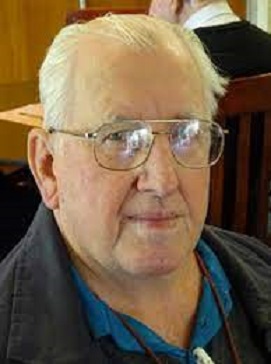
The Martin of memories.
This began more than 40 years ago when Martin was appointed to teach metaphysics at the YTU in Box Hill. Martin had a doctorate in philosophy from the Gregorian in Rome and had recently completed a Masters in Anthropology from the University of PNG while teaching philosophy at the seminary at Bomana.
Metaphysics with its abstract categories and esoteric language presented its challenges to a 20year old seminarian who had come from a dairy farm in northern Victoria. However, it was during that course that Martin introduced us to TS Eliot’s poetry; the words from the Four Quartets have remained with me since.
“We shall not cease from exploration
And the end of all our exploring
Will be to arrive where we started
And know the place for the first time”.
These were times of exploration for me. A few years later and still at the YTU Martin offered a social anthropology course on Australian Aboriginal Society. It was a new course and I considered myself fortunate to be able to take it.
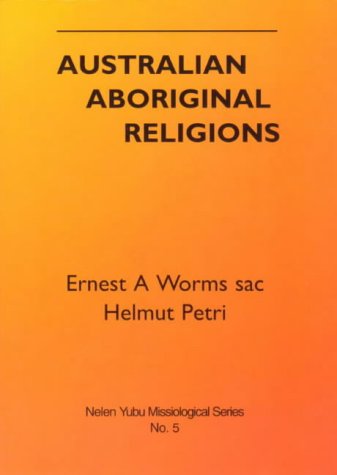
It was the era of the call for Aboriginal self-determination and of the advances in missiology and the theology of the Church in its engagement with different cultures. Around the same time Martin had attended the ordination of Patrick Dodson, the first Aboriginal priest, in Broome who was a student with us at the seminary at this time. Martin highly respected the insights that Patrick brought and looked forward to working with him.
By way of preparation for the course at the YTU Martin had facilitated a review of MSC missionary work in the NT. He had then spent some months living alone in a caravan at Peppimenarti in the Daly area. Peppimenarti was in its beginnings as a new movement of Aboriginal peoples in the NT who were leaving the larger mission communities and returning to their homelands
.I was deeply impressed with his accounts of the places both in PNG and in Northern Australia that he had visited and the ceremonies and experiences that he described.
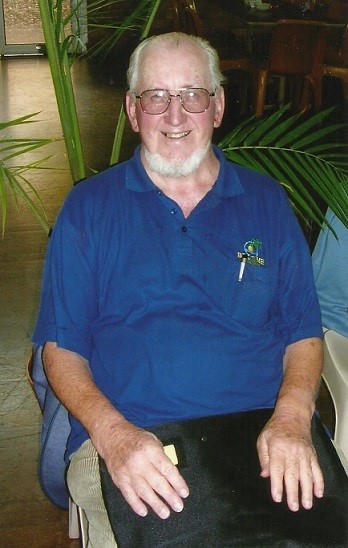
Martin 2004.
Martin lectured on kinship, marriage arrangements, ritual and the richness of the religious life of Aboriginal society. He introduced us to the writings of the anthropologists and scholars of Aboriginal society. One of these was Dr. W.E.H. Stanner, a renowned anthropologist, who had a long association with the Murrinhpatha of Port Keats and had written of the ceremonies and their underlying values. An important theme taken up by Martin was Stanner’s expressed surprise that most Christian missionaries to the Aborigines had not recognized the richness of the religious life and outlook of Australian Aborigines.
He wrestled further with the implications of these insights in a booklet printed in 1979 and titled Old, New and Timeless some pointers towards an Aboriginal Theology.
During the Kulama ceremony at Bathurst Island and in these days with the Wadeye people who still gather with more than a thousand people for their initiation ceremonies, I find myself going back to Stanner and some of the other writings and revisiting some of the issues Martin raised as he considered the deeper issues at play and what it is that God’s spirit is calling us to now in our relationship with the first peoples of these lands.
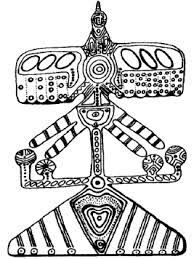
As well as lecturing at the YTU, Martin set about the establishment of the Nelen Yubu Missiological Centre at Daly River. Its aim, as set out on the cover, of its publications was to mediate between anthropology and similar disciplines on the one hand and the richness of Aboriginal culture on the other with the emergence of a church both truly Aboriginal and truly Christian.